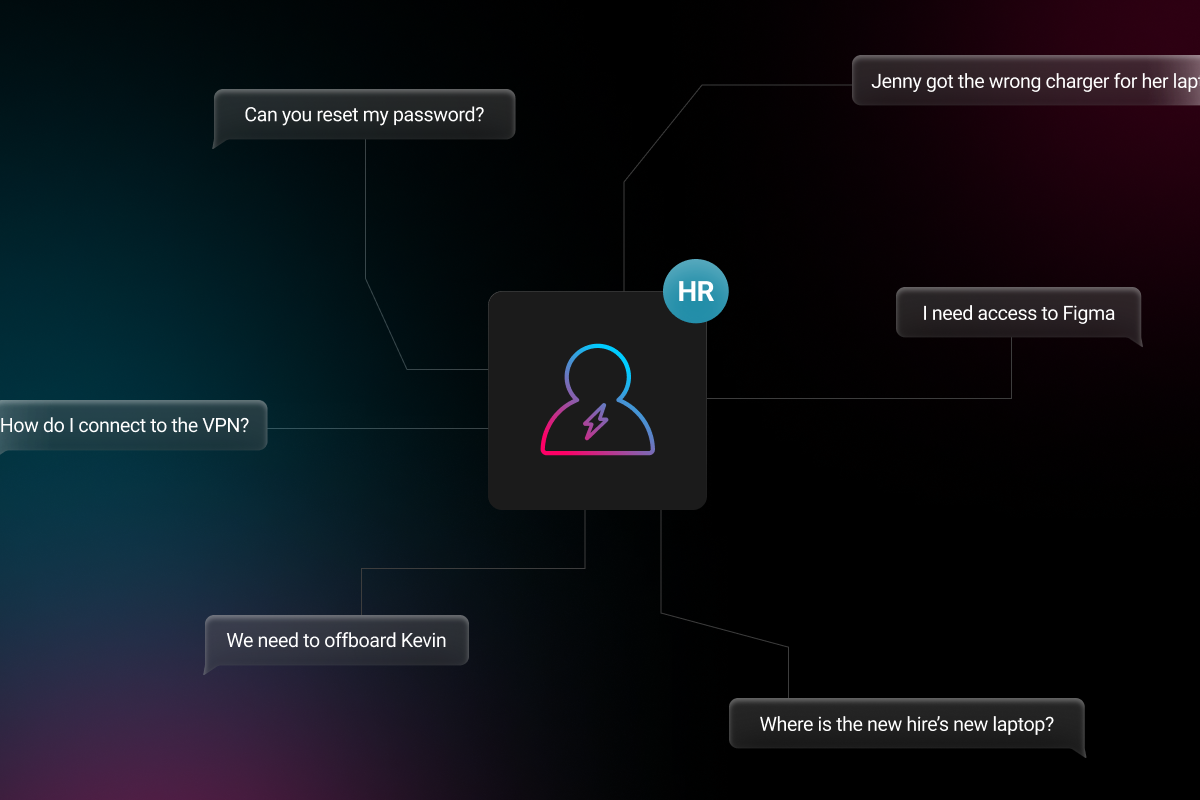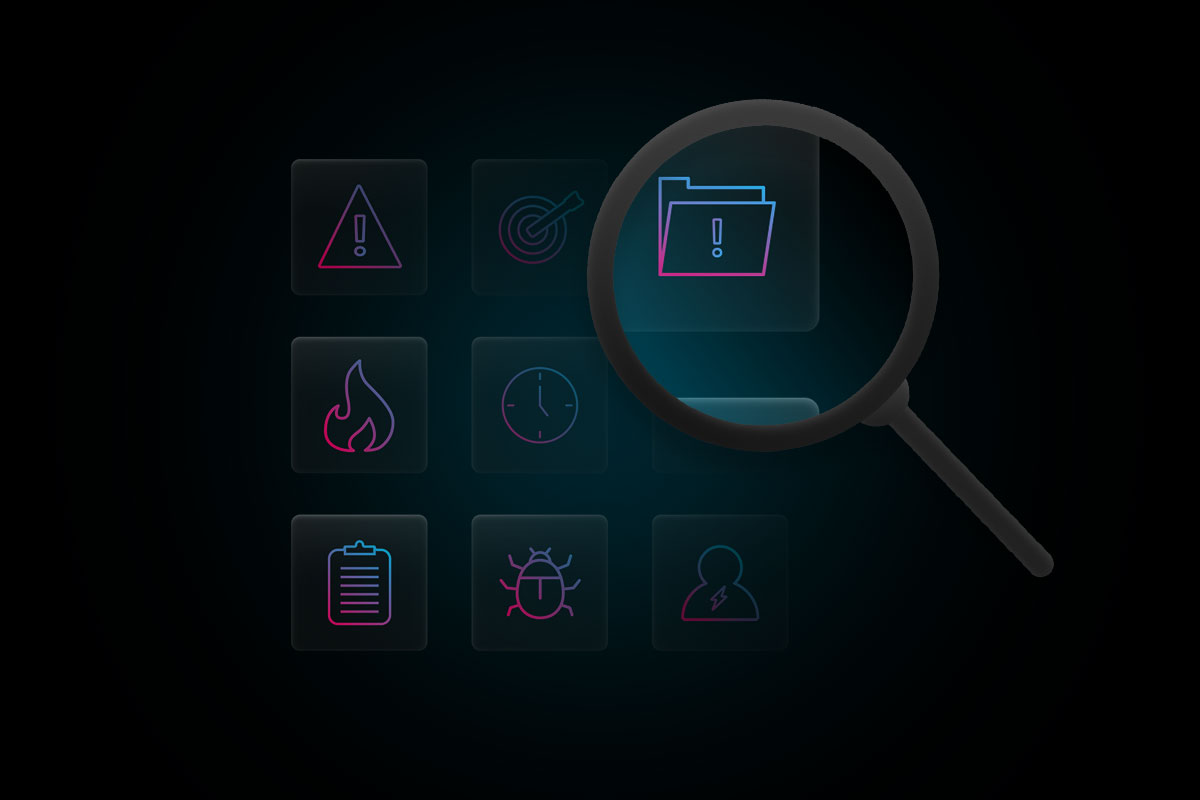
Device purchases. Password resets. Ensuring employees have the right applications to be productive. Today’s HR teams juggle a growing list of responsibilities that are increasingly shared with IT — and that’s before security and compliance enter the picture.
While these everyday tasks are essential, reactive IT work pulls HR away from strategic, people-focused initiatives. To avoid slipping into the role of IT support, People teams must streamline and automate the repetitive processes that derail their day.
HR’s Unexpected IT Responsibilities
The IT burden on HR teams is constantly expanding, yet the scope of work involved often goes unnoticed. These unseen tasks place significant demands on HR resources, and can quickly impact organizational productivity:
- 42% of HR professionals have less time to spend on recruitment and retention due to IT limitations.
- Employees spend nearly three hours per week (more than 140 hours per year) fixing tech issues.
- IT problems lead to an average annual waste of $4,072 per year in labor costs per employee.
So, which IT tasks take up the most time for HR teams?
Hardware management
From procuring laptops for new hires to configuring equipment on day one, HR teams frequently become the default point of contact. Employees often return to HR with troubleshooting issues or when hardware needs to be replaced. And when a team member leaves, HR is typically responsible for retrieving, storing, and reprovisioning their device.
Software management
As tech stacks grow, administering all of an organization’s applications can quickly turn into a full time job. New hires need accounts, departing employees must have access revoked, and permission levels must be accurate and appropriate for every role. Beyond initial setup, software licenses and updates also have to be maintained on an ongoing basis.
Security and compliance
Manual processes don’t just consume hours of valuable time, they also create gaps in security and compliance. HR is increasingly expected to maintain accurate records of user permissions, approve access changes, and ensure the principle of least privilege is upheld. Without centralized visibility and control, inconsistencies become unavoidable.
3 Ways HR Can Break the Cycle of Accidental IT Support
Acting as de facto IT support isn’t sustainable for HR teams. With the right approach, it’s possible to reclaim time spent on repetitive processes, without sacrificing security or productivity.
1. Centralize device management
A standardized process for purchasing, shipping, retrieving, and storing hardware eliminates logistical chaos. Pairing these processes with Mobile Device Management (MDM) provides a unified view of every device without relying on spreadsheets or guesswork.
2. Automate key workflows
Automated on and offboarding allows HR teams to trigger repetitive workflows with ease. When a new hire joins your team, apps are provisioned, accounts are set up, and appropriate access is granted — all in a matter of clicks.
3. Strengthen HR & IT alignment
By integrating HRIS platforms with IT management tools, HR can ensure employee data, access levels, and device records stay accurate and up to date. With all systems in sync at all times, the entire organization thrives.
Eliminate IT Support From Your Workload
Tired of putting out fires and scrambling to stay on top of IT tasks? Electric integrates with your HR platform to streamline onboarding, offboarding, device procurement, app management, and more. Connect with us to get started!
FAQ
Which IT tasks take up the most time for HR teams?
HR is responsible for a growing list of IT admin. Ordering and configuring devices, provisioning applications for new hires, deactivating access for departing employees, and maintaining software licenses are just some of the tasks that take up valuable time for HR teams.
How do security and compliance add to the workload of HR teams?
HR is often responsible for data protection measures, such as managing user permissions and approving access changes. Handled manually, these tasks are prone to human error, leaving sensitive data vulnerable and creating costly compliance issues.
How can HR avoid becoming IT support?
To reclaim time spent on repetitive IT processes, HR must centralize and standardize device management, automate on and offboarding workflows, and integrate HR and IT systems to ensure data is in sync and up to date at all times.



